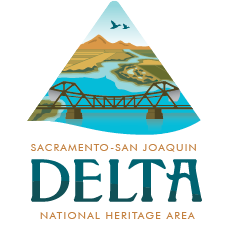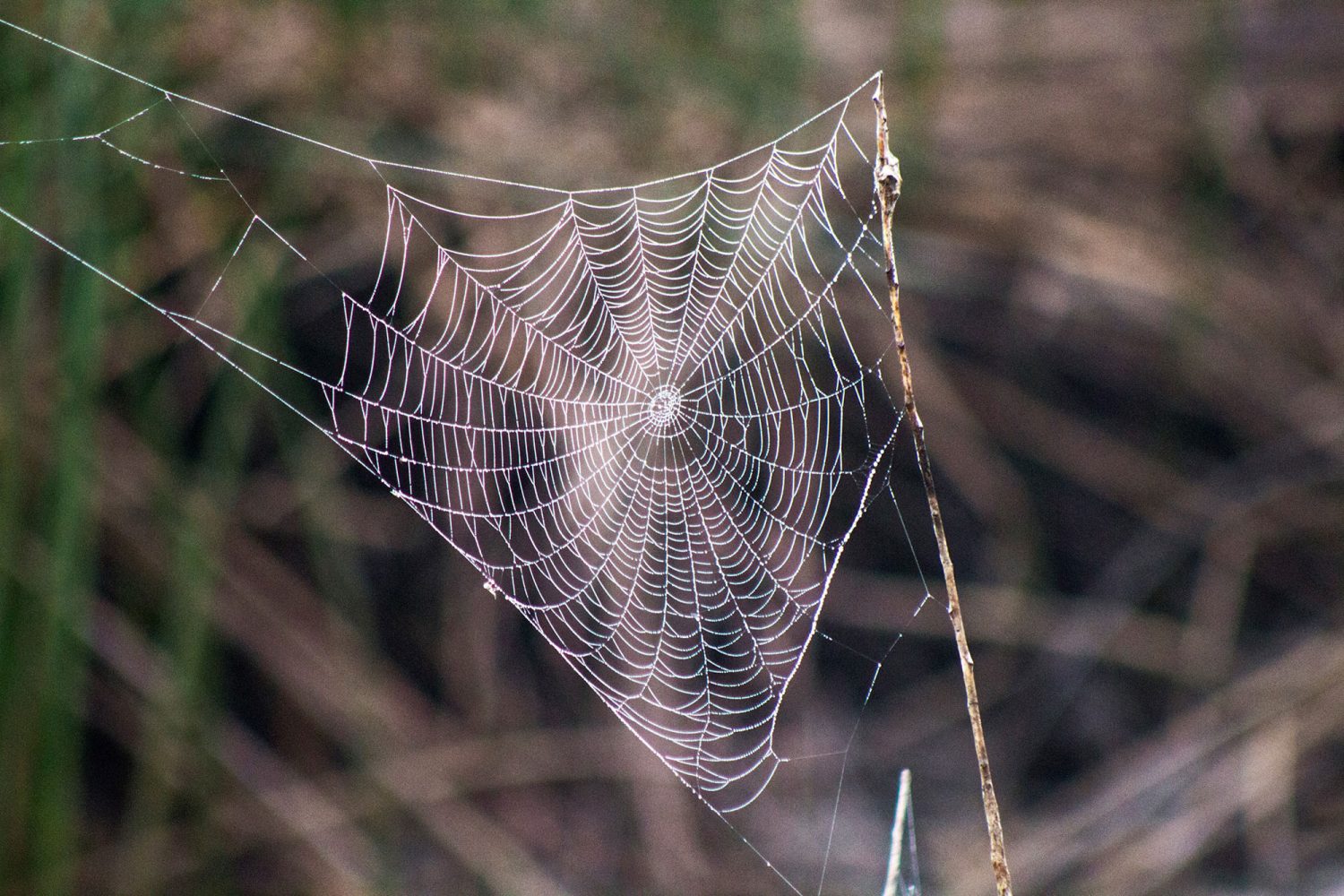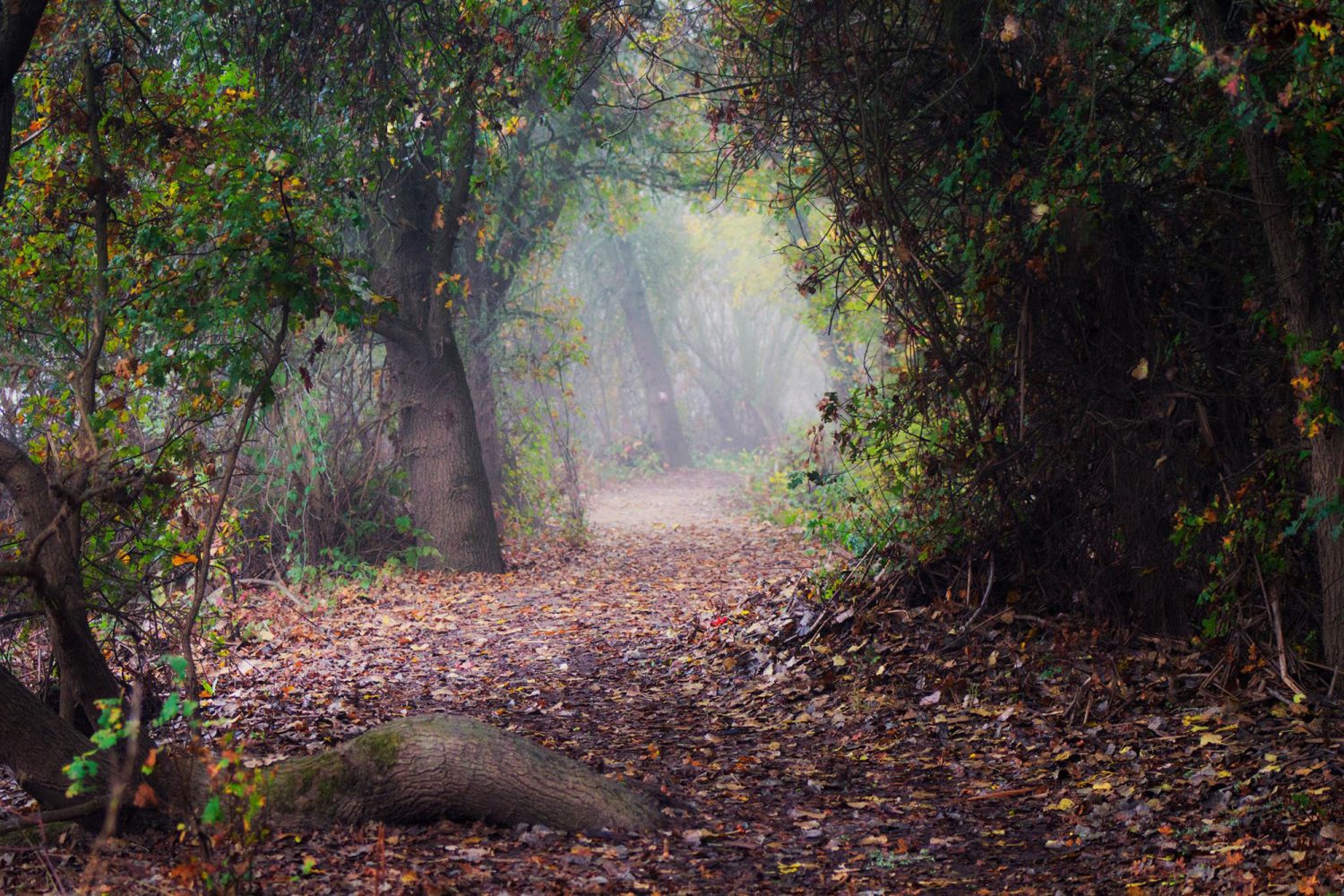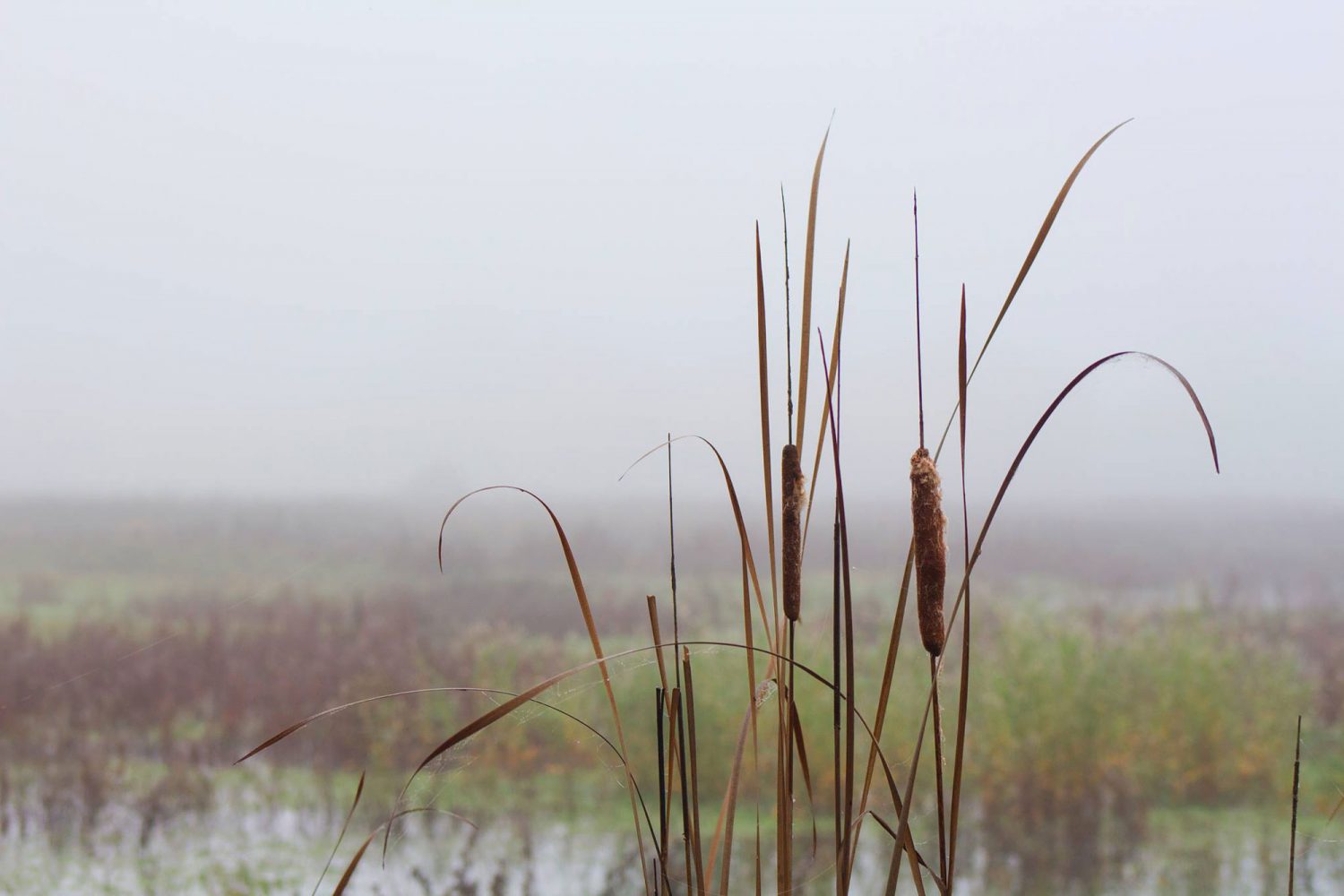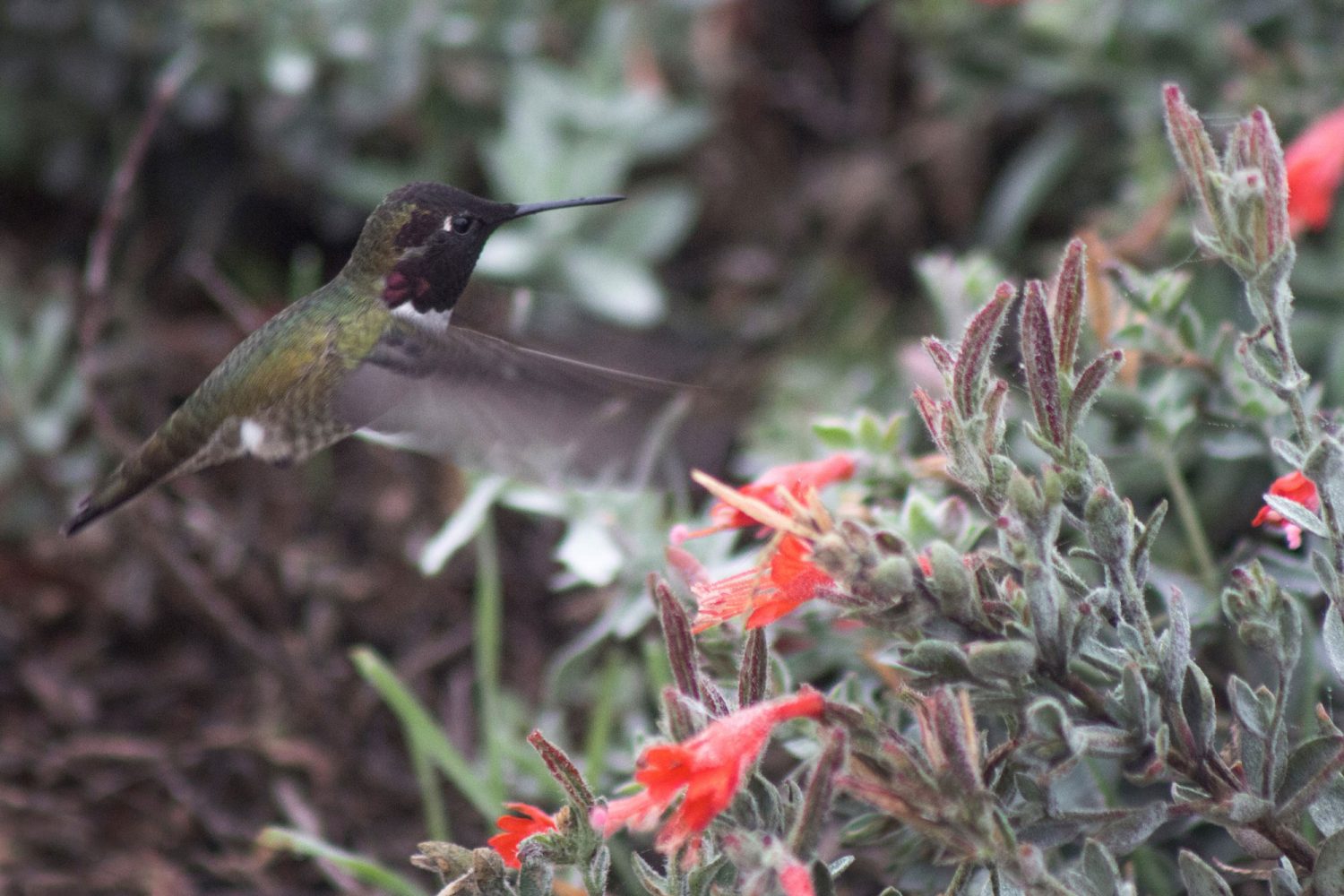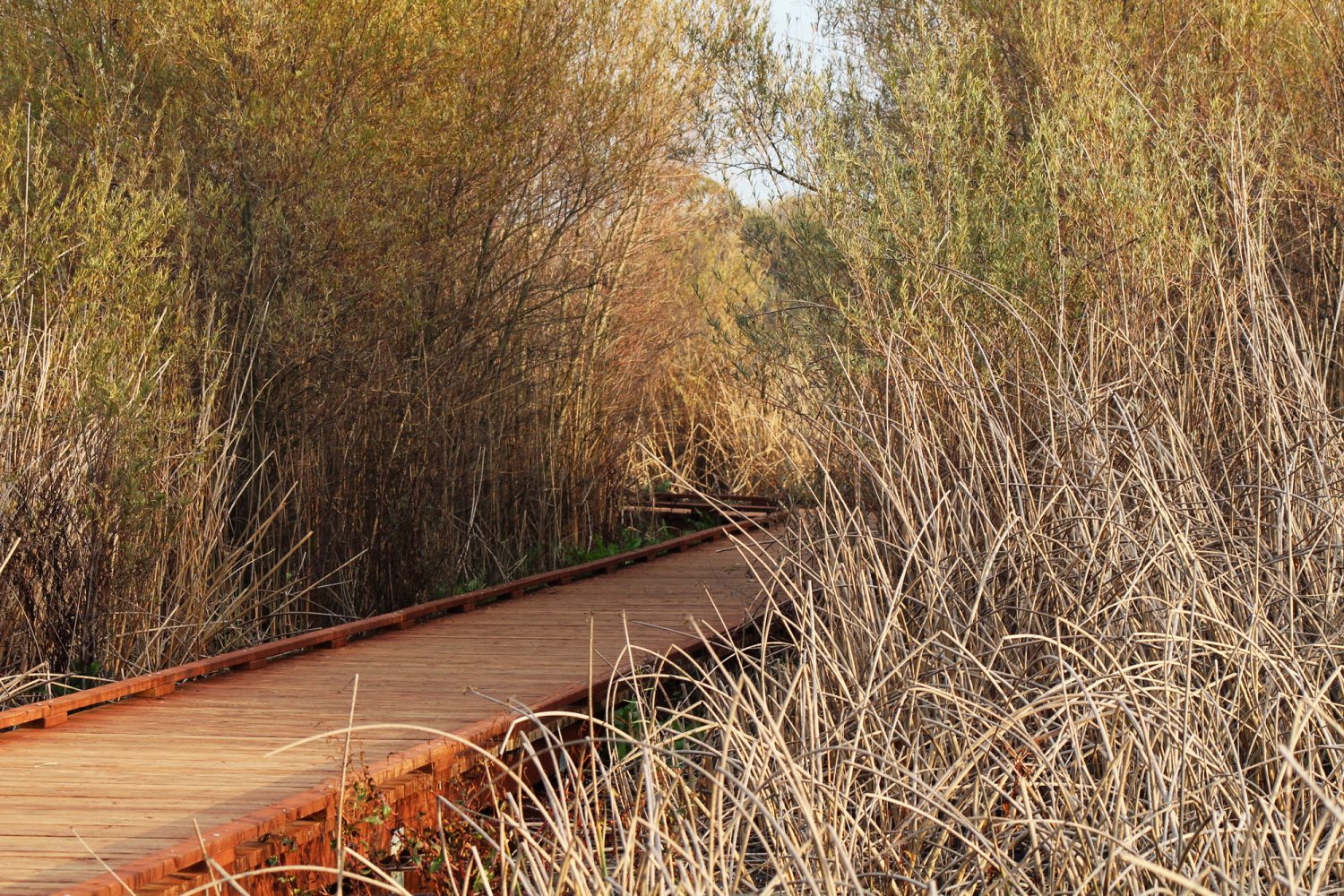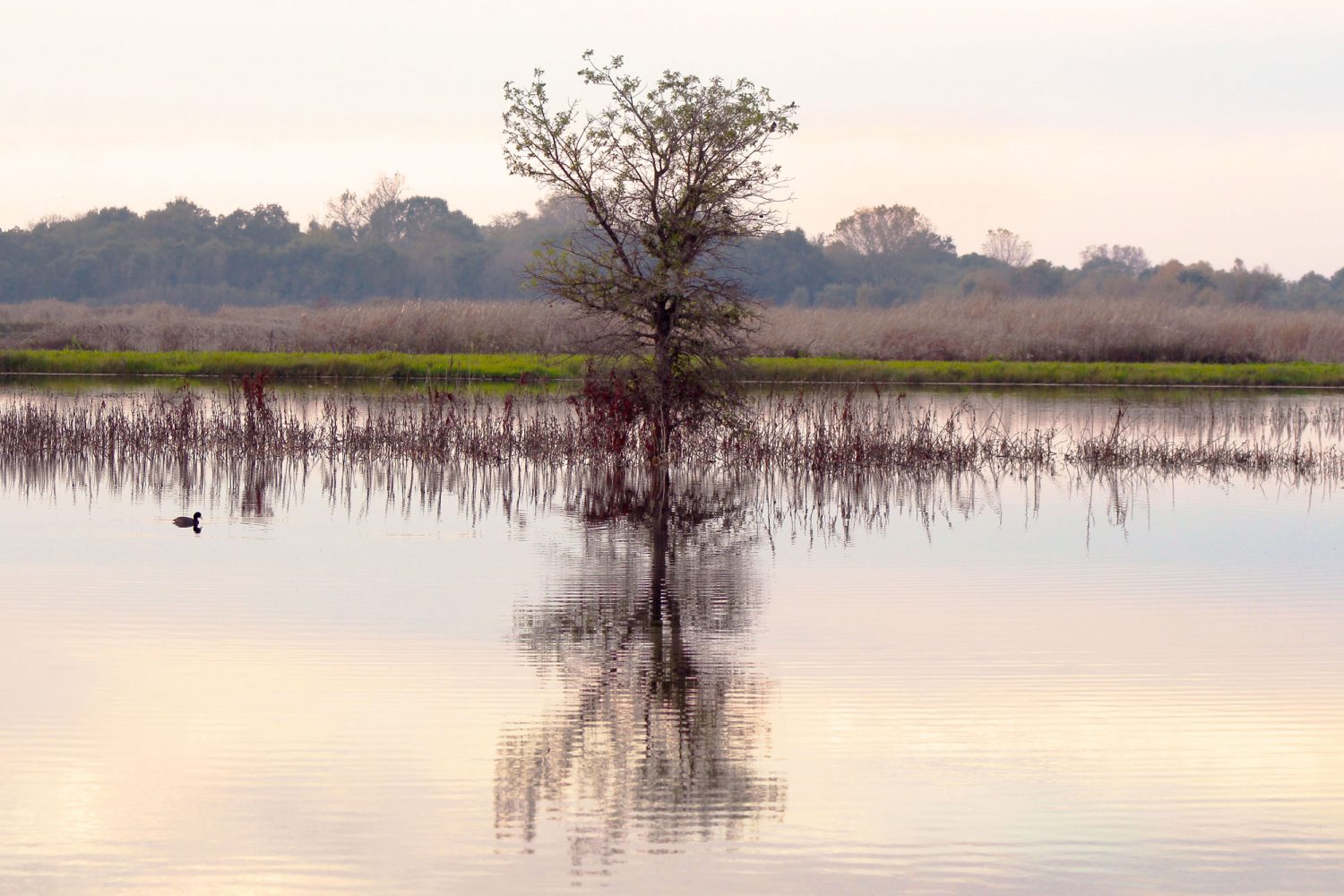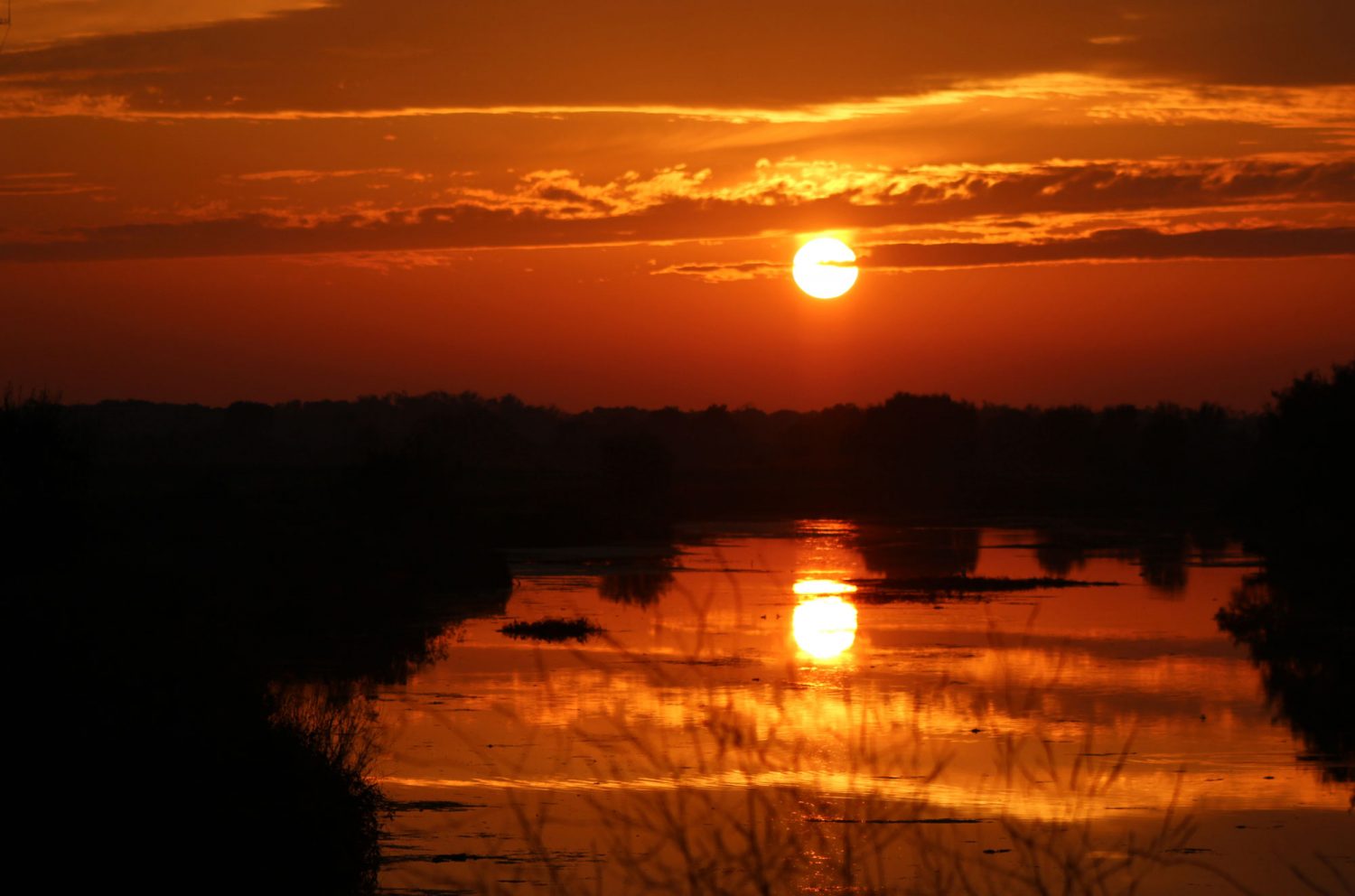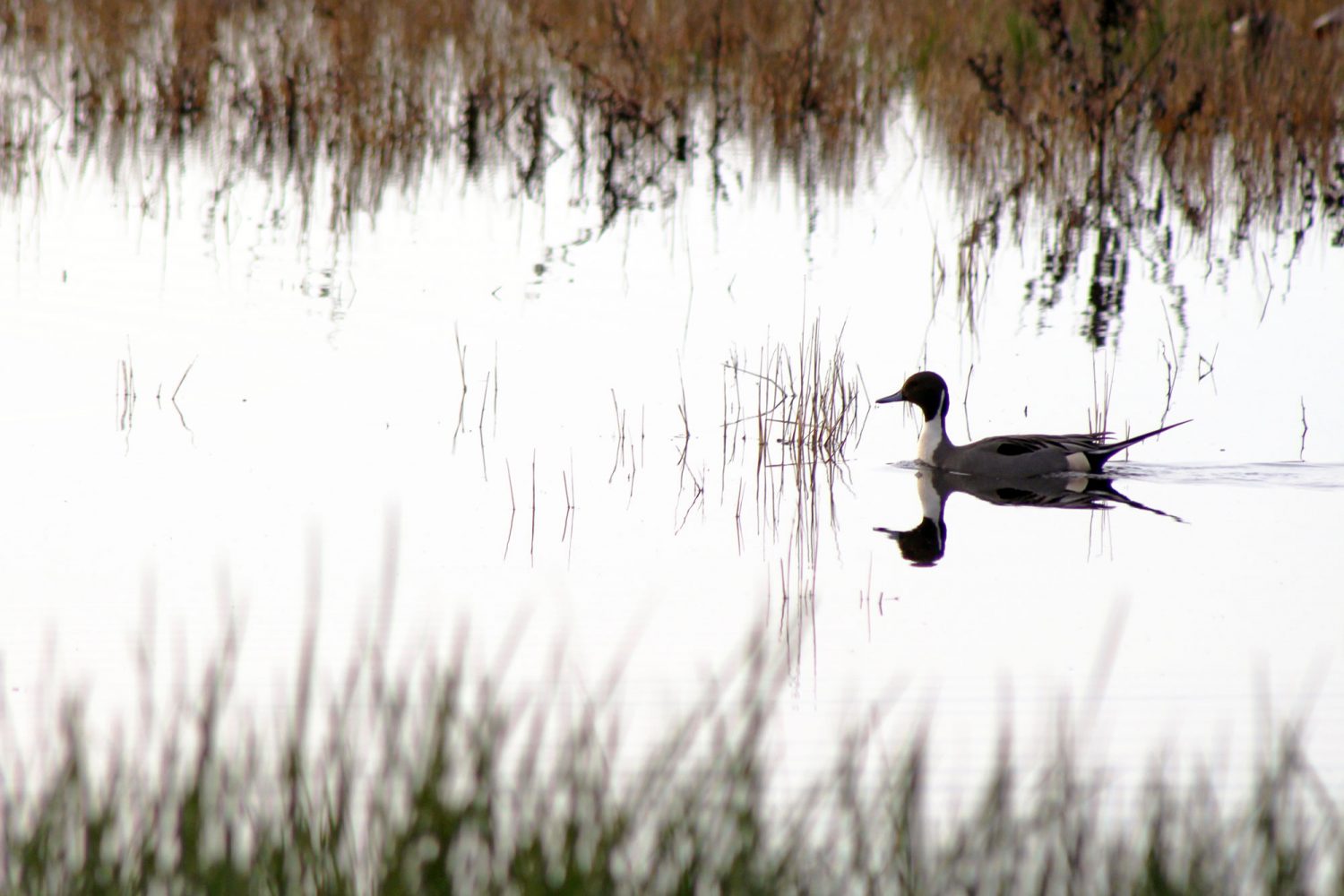Cosumnes River Preserve
A century and a half ago, thousands of settlers began to dike and drain the Delta and dam the Central Valley’s rivers to produce profitable farm and grazing land. In the process, California lost 90% of its historic riparian forests while approximately 90% of vernal pools vanished from the Central Valley. Today, the lower Cosumnes River watershed houses some of the best examples of native habitat remaining in California, including the largest oak riparian forest in the state. This achievement originates in the river’s unique history.
Each of the more than 30 dams proposed for the Cosumnes River between 1900 and 1974 were never built, leaving it as the last major, free-flowing river draining the western Sierra Nevada mountains. The absence of a major dam allowed the river to flood nearly every year, which caused farmers to focus on growing annual crops and ranchers to graze livestock. These farming and ranching activities unintentionally helped waterfowl and some native habitat types like vernal pools and riparian forests.
Even though vernal pools were not historically dependent on extensive grazing, studies have found that grazing has helped keep vernal pool landscapes healthy in the Sacramento Valley. This has been especially true in the lower Cosumnes watershed, which has a long history of grazing dating back to the late 1840s. Today, the Cosumnes River Preserve protects 14,141 acres of vernal pools in the lower watershed, which is over 10% of the total 137,100 acres remaining in the valley.
Cattle grazing also partly enabled the growth of riparian forest in the lower watershed, where this habitat did not “naturally” occur before reclamation. The combination of annual flooding and reclaimed land along the Cosumnes created the conditions necessary for riparian forests to take root and grow. Cattle grazing along the riparian corridor ensured that only the understory rather than the trees were consumed, leaving the largest oak riparian forest remaining in California in the Cosumnes watershed.
Today, the 50,000+-acre Cosumnes River Preserve protects the river’s free flow, floodplain, and rare native habitats. Through experimental restoration techniques, such as levee breaching, the Preserve and UC Davis researchers have shown that floodplain restoration will lead to the regrowth of riparian forests, increase aquatic and avian wildlife habitat, and improve groundwater recharge – all while remaining compatible with agriculture.
Visit the Consumes River Preserve website for hours, trail maps, activities, and events year round!
